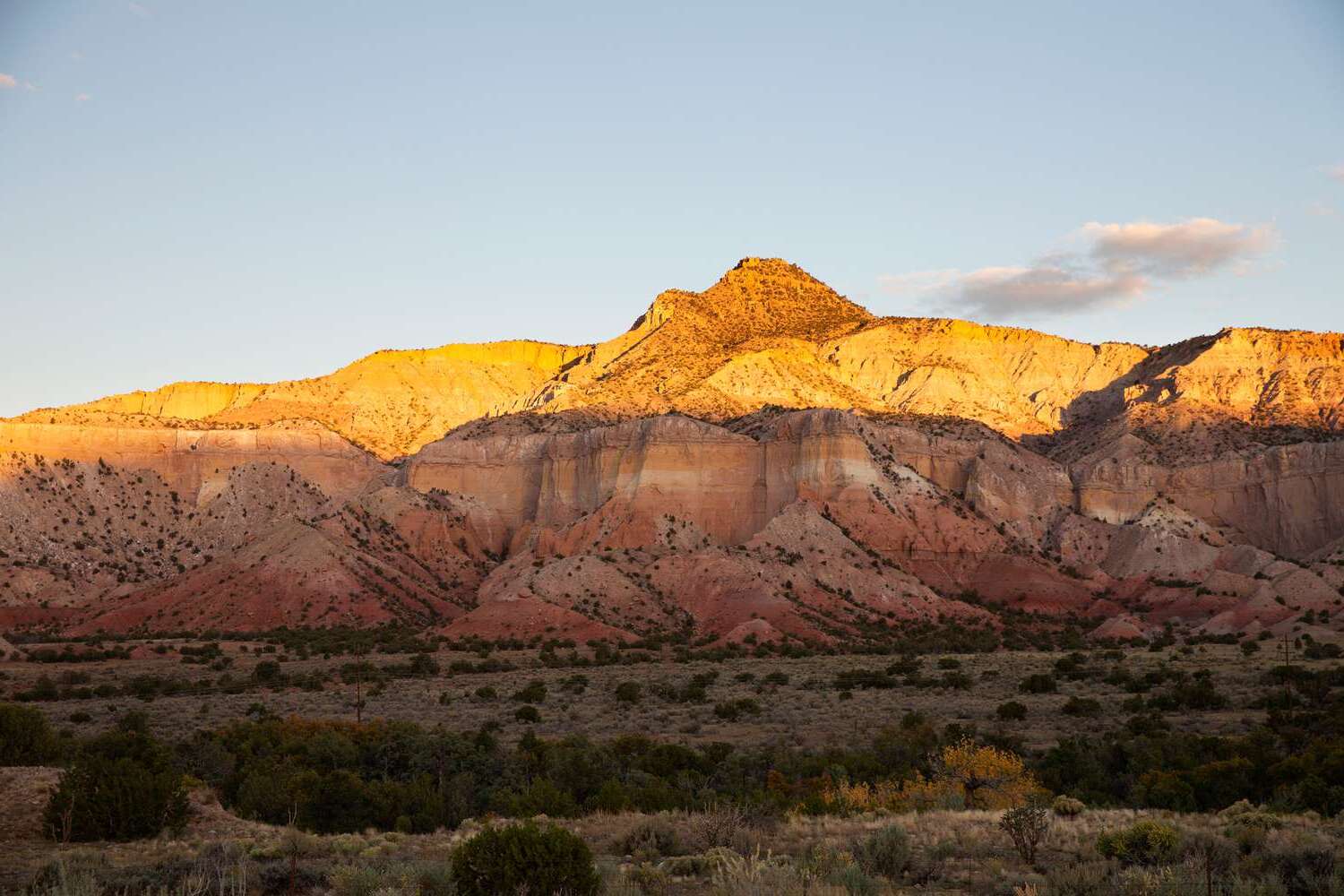Secrets Of New Mexico’s Ancient Trade Routes

Have you ever wondered about the ancient trade routes of New Mexico? These paths tell stories of a time when traders and explorers roamed the land, exchanging goods and ideas. From the Chaco Canyon to the Santa Fe Trail, these routes were vital for commerce and cultural exchange. Imagine walking the same paths that ancient traders once did, feeling the history beneath your feet. These routes not only connected distant lands but also brought together diverse cultures. Join us as we uncover the secrets of New Mexico's ancient trade routes and explore their lasting impact on the region.
Secrets of New Mexico's Ancient Trade Routes
New Mexico, with its vast deserts and rugged landscapes, holds many secrets from the past. Among these are the ancient trade routes that once connected various civilizations. These paths were more than just roads; they were lifelines for commerce, culture, and communication. Let's uncover some of these fascinating routes.
Chaco Canyon
Chaco Canyon, a UNESCO World Heritage Site, was a major center of culture for the Ancestral Puebloans. This area was a hub for trade and communication, linking distant communities.
- Great North Road: This road connected Chaco Canyon to the northern regions, facilitating the exchange of goods like turquoise and pottery.
- South Road: Leading southward, this route linked Chaco to the Rio Grande Valley, allowing for the trade of agricultural products.
- West Road: This path extended towards the west, reaching out to other significant cultural centers, promoting the exchange of ideas and materials.
Turquoise Trail
The Turquoise Trail is a scenic byway that stretches between Albuquerque and Santa Fe. Historically, it was a vital trade route for the exchange of turquoise, a precious stone highly valued by Native American tribes.
- Cerrillos Hills: Known for its rich deposits of turquoise, this area was a key source of the stone, which was traded far and wide.
- Madrid: Once a bustling coal mining town, Madrid also played a role in the turquoise trade, with miners often finding the stone while digging for coal.
- Golden: This small town was another important stop along the Turquoise Trail, known for its gold mines and trading posts.
El Camino Real de Tierra Adentro
El Camino Real de Tierra Adentro, or the Royal Road of the Interior Land, was one of the longest trade routes in North America. It connected Mexico City to San Juan Pueblo, facilitating the movement of goods, people, and culture.
- Socorro: This town served as a critical rest stop along the route, providing supplies and shelter for travelers.
- Las Cruces: Located near the Rio Grande, Las Cruces was a significant trading post where goods from Mexico and the American Southwest were exchanged.
- Santa Fe: As the northern terminus of El Camino Real, Santa Fe was a bustling center of commerce and culture, linking the Spanish colonies with Native American tribes.
Old Spanish Trail
The Old Spanish Trail was a trade route that connected Santa Fe to Los Angeles. It was used primarily for the trade of wool, horses, and mules.
- Abiquiú: This village was a key starting point for traders heading west, known for its vibrant community and trading posts.
- San Juan Pueblo: Another important stop along the trail, San Juan Pueblo was a hub for the exchange of goods and cultural interactions.
- Zuni Pueblo: Located further west, Zuni Pueblo was a significant trading partner, known for its intricate pottery and jewelry.
Pecos Pueblo
Pecos Pueblo was a major trading center for the Plains and Pueblo cultures. Its strategic location made it a crossroads for various trade routes.
- Glorieta Pass: This mountain pass was a crucial link between the eastern plains and the Rio Grande Valley, facilitating the movement of goods and people.
- Pecos River: The river served as a natural trade route, allowing for the transport of goods by water.
- Santa Fe Trail: This trail connected Pecos Pueblo to the broader network of trade routes, linking it to distant markets and cultures.
Discovering New Mexico's Ancient Trade Routes
New Mexico's ancient trade routes offer a glimpse into the past. These paths connected diverse cultures, fostering trade and cultural exchange. Exploring these routes, you can see the remnants of ancient civilizations, from petroglyphs to ruins. Each trail tells a story of the people who once traveled them, carrying goods, ideas, and traditions.
Visiting these historic sites, you gain a deeper appreciation for the region's rich history. Whether hiking through rugged landscapes or visiting museums, there's something for everyone. The ancient trade routes of New Mexico are more than just paths; they are a testament to human ingenuity and resilience.
Plan your trip to New Mexico and walk in the footsteps of those who shaped history. The experience will leave you with lasting memories and a newfound respect for the ancient world.

